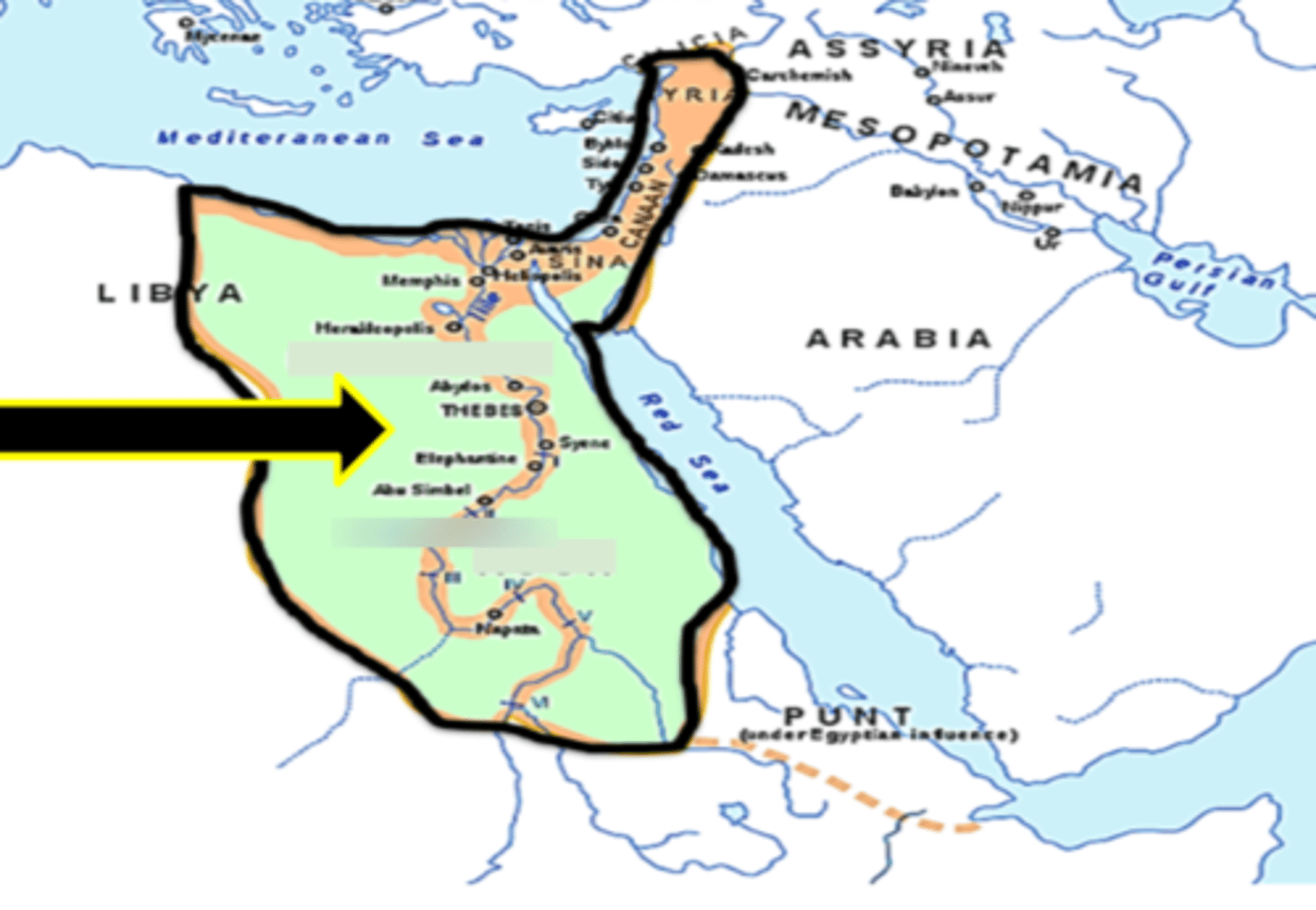The Rise and Fall of Great Civilizations Quizlet Review - Egypt, Assyria, Greece, Rome, Mali, Mongol, Ming, and Inca
1/34
There's no tags or description
Looks like no tags are added yet.
Name | Mastery | Learn | Test | Matching | Spaced |
|---|
No study sessions yet.
35 Terms
Inca
In 1492 CE when Columbus accidentally landed in the Caribbean, this empire was the largest in the world.
Rome
The use of abusive/unreliable soldiers for hire to police its people, high rates of poverty due to inflation, attacks from foreign invaders like Attila and the Huns, and the difficulties its leaders had managing such a massive empire made up of so many different cultures all contributed to the collapse of this empire.
Inca
This empire was responsible for a number of architectural achievements including building great cities high up in the Andes mountains and developing creative agricultural methods to farm rocky lands at high altitudes.
Mali
This empire is often referred to as “The Golden Empire” after one of its greatest rulers brought 24,000,000 pounds of gold with him on his pilgrimage to Mecca to give to charity along the way.
Rome
To distract and control the masses when this empire grew too large to manage, the government provided free games, races, mock battles, and gladiator contests held in stunning arenas like the Colosseum.
Assyria
At its peak, this empire reached from Mesopotamia (modern-day Iraq) through Asia Minor (modern Turkey) and down through Egypt.
Greece
This empire made many contributions to modern civilization including democracy, classical works of literature like the Odyssey, and the Socratic Method.
Inca
This empire was able to grow so large and powerful because of government required community service and labor tributes from every one of its able-bodied citizens.
Egypt
This empire is rarely referred to by the name it was given by its native people Ta-Merry, and is instead called by the name it was given by European invaders which translates to “Pearl of the Nile”.
Greece
This empire is famous for advanced and impressive engineering feats like the construction of aqueducts, trireme warships, the Statue of Zeus in Olympia, the Temple of Artemis at Ephesus, and the Parthenon in Athens.
Ming
In 1405 CE the leader of this empire launched the first of 7 voyages of exploration that he hoped would impress the world by showing his empire’s power and expand its tribute system.
Mongol
From the mid-1200s CE to the mid-1300s CE, this empire imposed stability and law and order across much of Eurasia, resulting in more active trade between Europe and Asia as well as the spreading of goods and ideas between these 2 continents.
Assyria
This empire is considered the most powerful empire in ancient Mesopotamia. It was ruled by great leaders like Sargon II and Hammurabi.
Egypt
This empire created the first hospital in human history.
Pachacuti
This great Inca leader helped his empire become more powerful and unified by using used methods/strategies like allowing people he conquered to keep their own customs and rulers in exchange for loyalty, requiring mandatory public service from all citizens every year, and creating an official language for his empire.
Hatshepsut
This great Egyptian leader became supreme ruler of her empire following her husband’s death. She built many temples and monuments, and helped her empire flourish. After her death, her shady brother took over as ruler and tried to destroy all of her writings + erase all records of her accomplishments so that he would be given all of the credit.
Imhotep
This great Egyptian leader is considered the world's first multi-genius, the father of medicine and the founder of the first hospital in human history.
Mansa Musa
This great Mali leader is the wealthiest person in world history. During his rule, his empire possessed ½ of the world's gold and salt supply. He also famously gave 24 million pounds of gold away to different towns and cities he passed through while making his pilgrimage to Mecca, which earned his empire the nickname "The Golden Empire".
Zheng He
This great Ming leader was one of the world's first great explorers. He led 7 voyages between 1405-1433 that reached as far as Mecca in Saudi Arabia and East Africa. He sailed across the Indian Ocean over half a century before any explorers from any other nation did on what are still today the largest wooden ships ever built.
Kublai Khan
This great Mongol leader was able to unite China for the first time in more than 300 years after conquering almost all of it. He opened his empire up to greater foreign contacts and trade and ruled most of the territories + people he conquered without resistance or needing to use violence because he was tolerant of their cultures and made few changes to their systems of government.
Genghis Khan
This great Mongol leader was a brilliant military strategist and is famous for his use of extreme cruelty and terror as a weapon. He united nomadic clans and created the largest empire in history.
Hammurabi
This great Assyrian leader ruled his empire from 1792-1750 B.C.E. By the time of his death, his empire included much of modern-day Iraq, extending up from the Persian Gulf along the Tigris and Euphrates rivers. He is most famous for the set of codes/laws he created that dealt with many subjects, including homicide, assault, divorce, debt, adoption, tradesman's fees, agricultural practices, and how to handle many other disputes.
Augustus Caesar
This great Roman leader took power after winning a civil war that broke out following his uncle's assassination and is considered the most skilled and successful ruler in his empire's history. Once in power, he created a period of peace and prosperity that would last in his enormous empire for about 200 years.
Aspasia
This great Greek leader was a highly-educated member of the elite hetaerae social caste and is often referred to as the "uncrowned queen of Athens". She and her romantic + political partner Pericles helped shape Athenian politics and bring about the Greek Golden Age.
Machu Picchu
This famous city was built high in the Andes Mountains and is believed to have been a royal estate and sacred religious site. The site stretches over an impressive 5-mile distance, featuring more than 3,000 stone steps that link its many different levels.
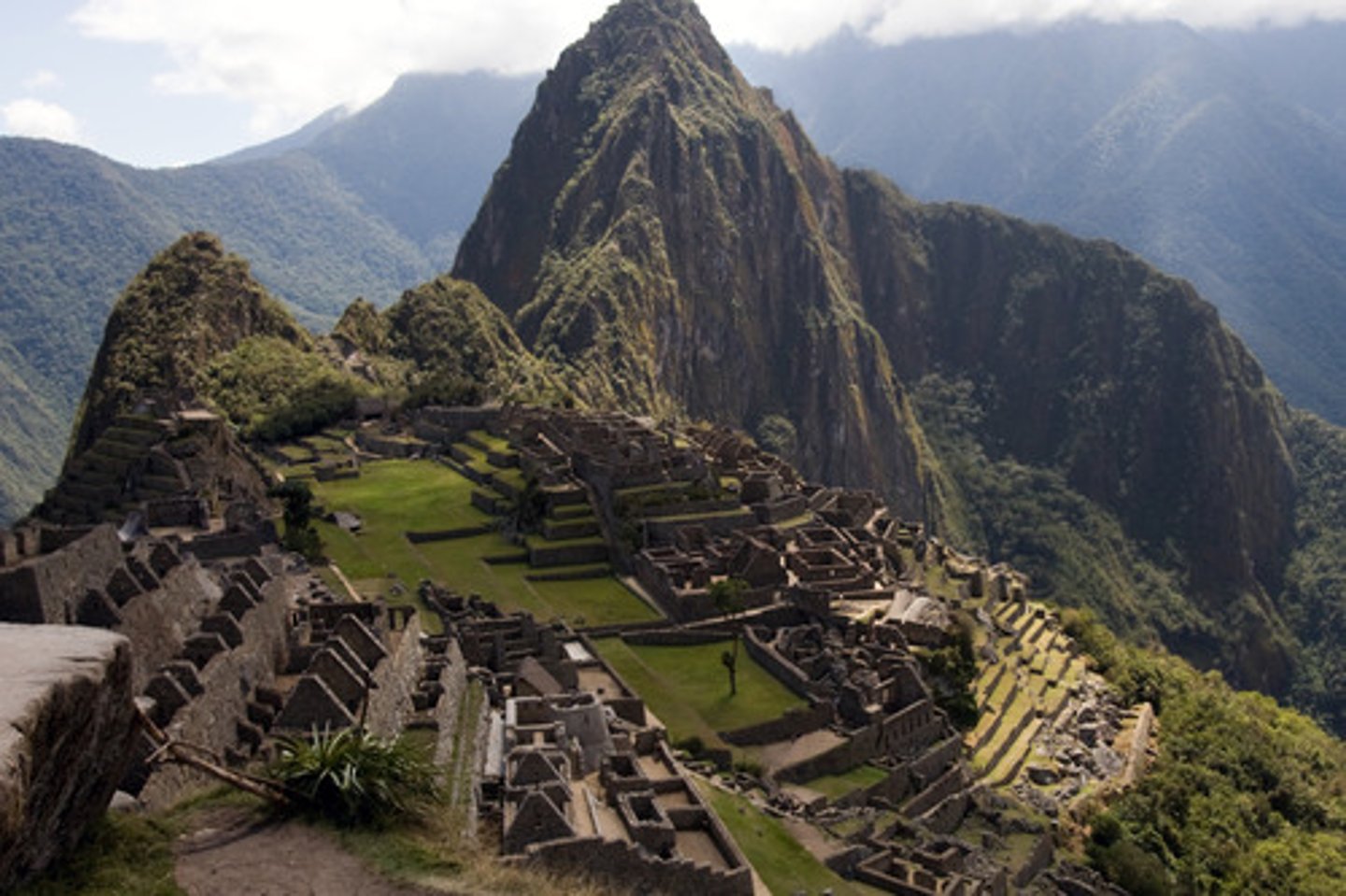
The Colosseum
This famous structure was built to host free public sporting events in an effort to distract/calm down this empire’s huge population of poor and oppressed conquered people.

The Forbidden City
This enormous palace complex in the capital city of this empire took 14 years to build. When it was first built, the Emperor Yongle decided to forbid all commoners and foreigners from entering in order to try and keep out foreign influences and angry mobs!
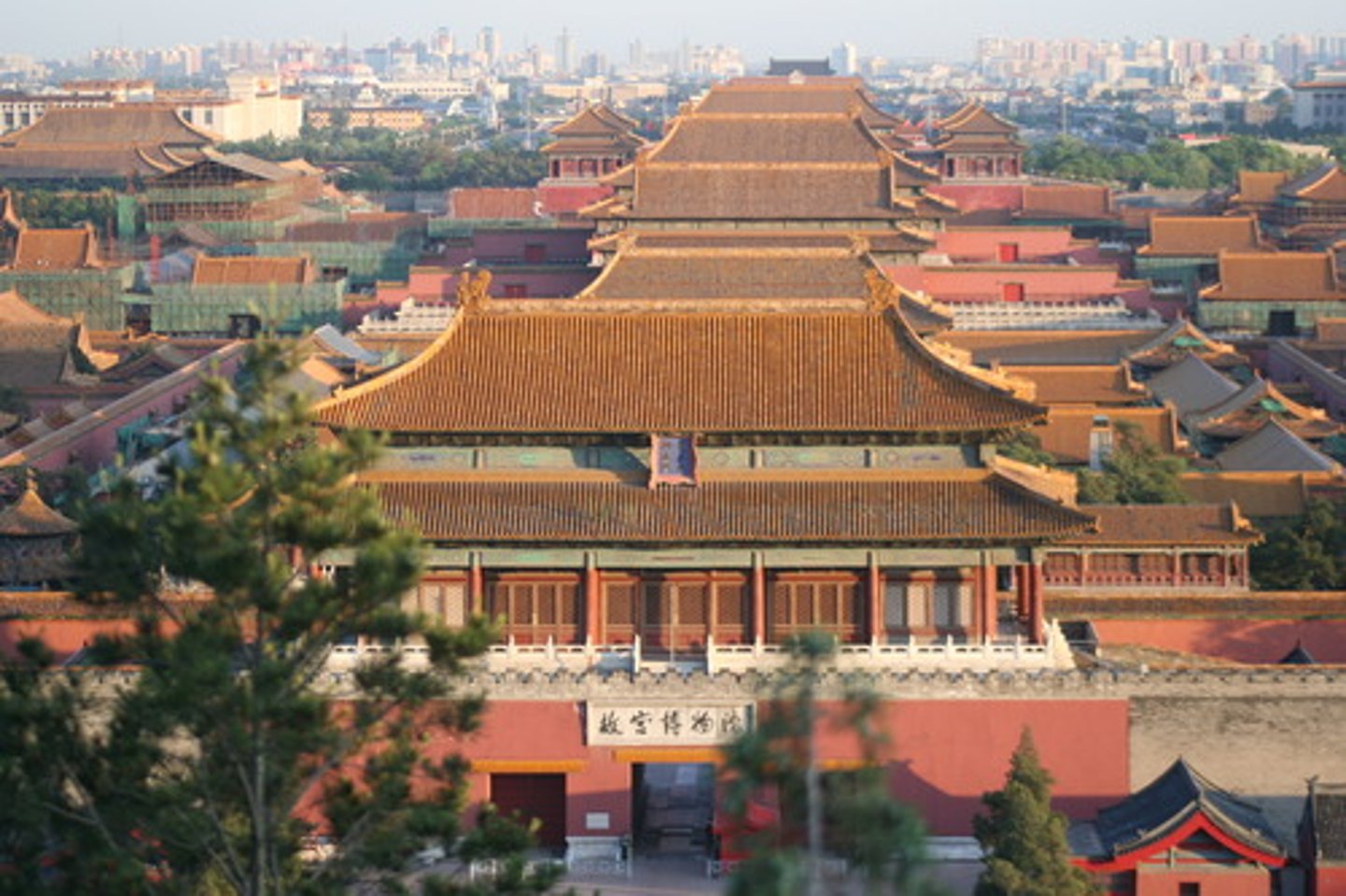
The Parthenon
Even though some people thought it was an ugly waste of money when it was first built, this building is now considered an engineering masterpiece that symbolizes the birth of Democracy and Western Civilization.

The Peloponnesian War
The defeat of Athens in this military conflict caused many ancient Greeks to lose confidence in their democratic government and question their own values. This event would also inspire some of the most radical and important thinkers in world history, including Aristotle, Plato, and Socrates.
Mali
Which great civilization is shown on this map?

Mongol
Which great civilization is shown on this map?
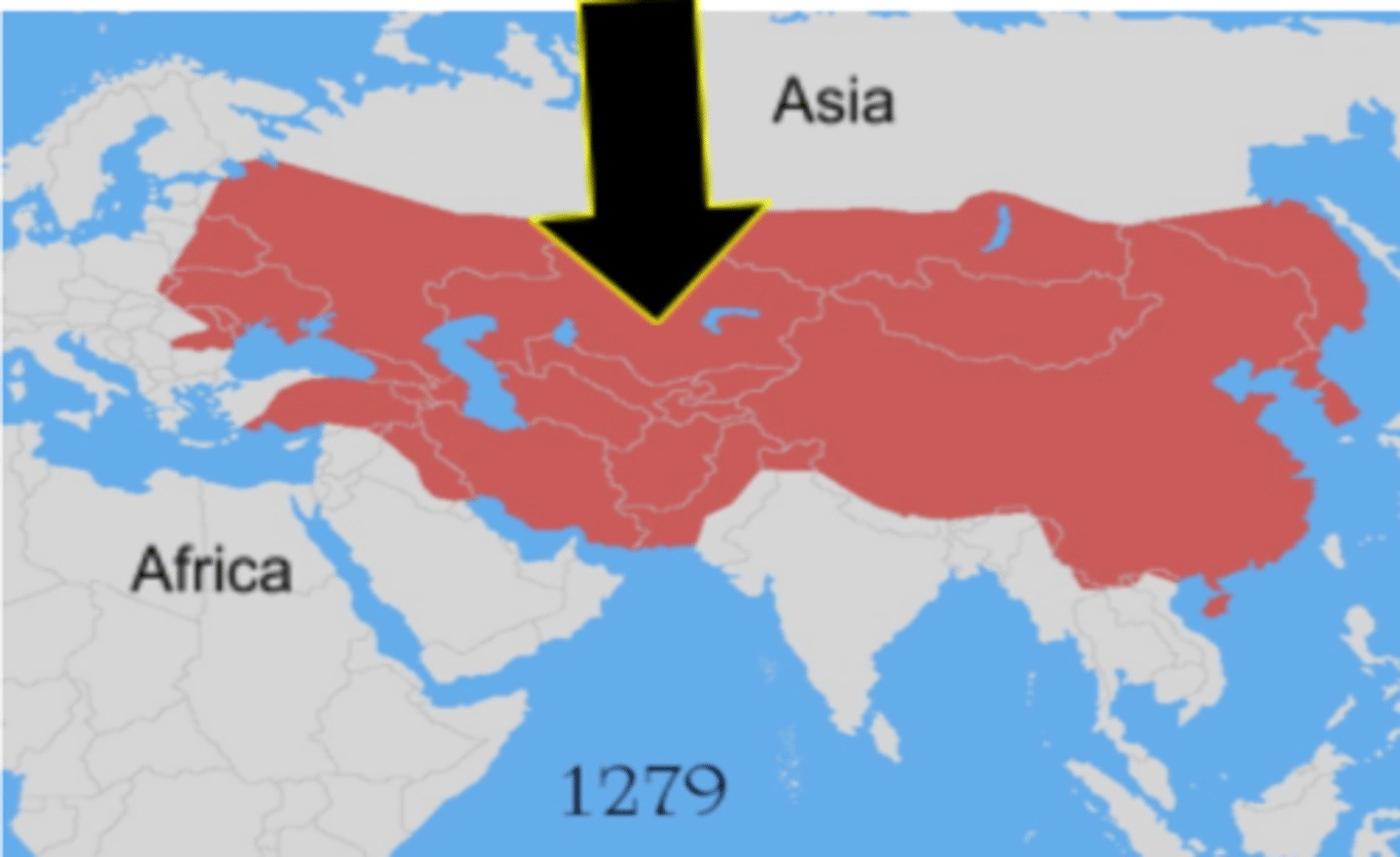
Inca
Which great civilization is shown on this map?
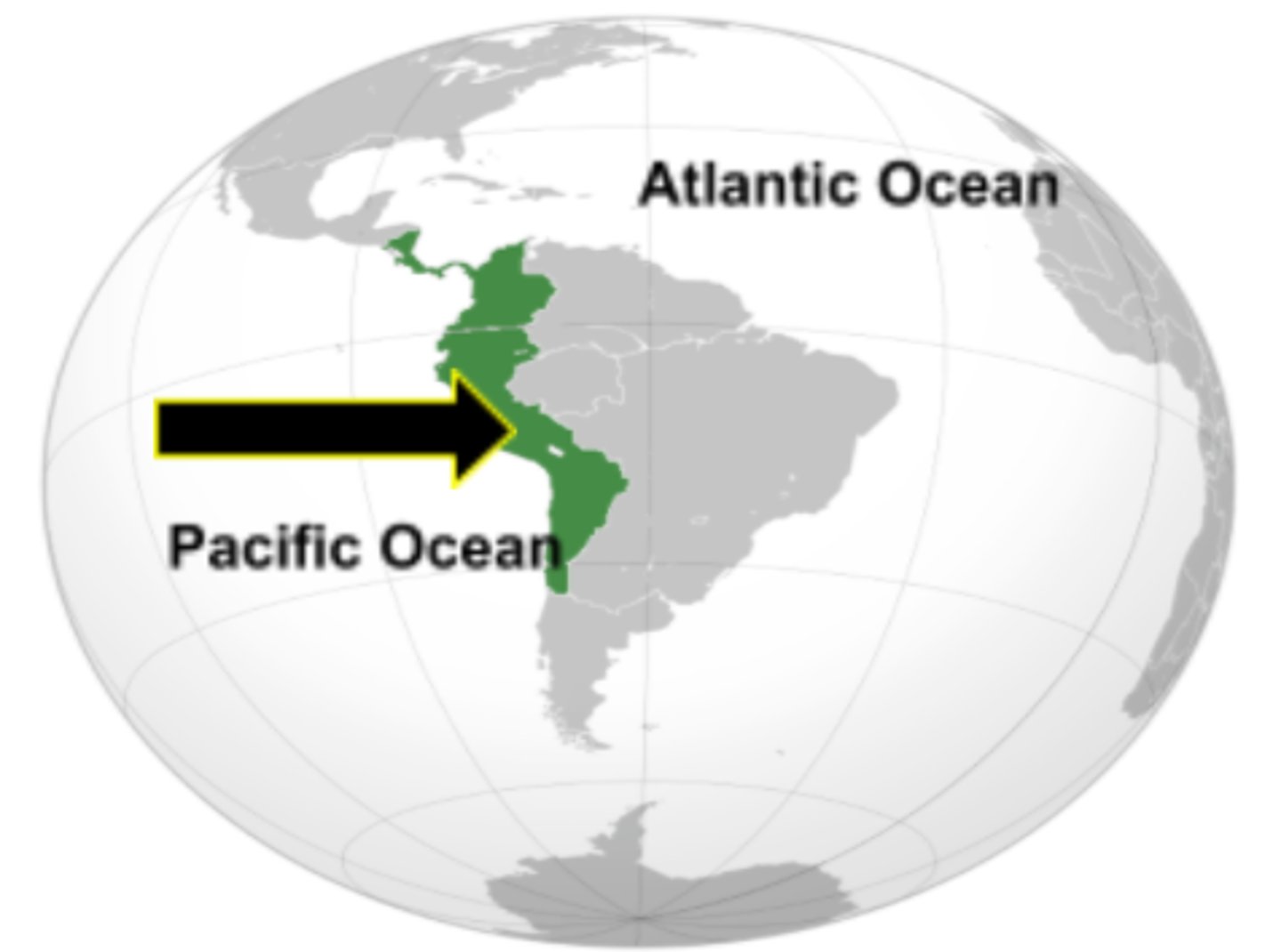
Assyria
Which great civilization is shown on this map?
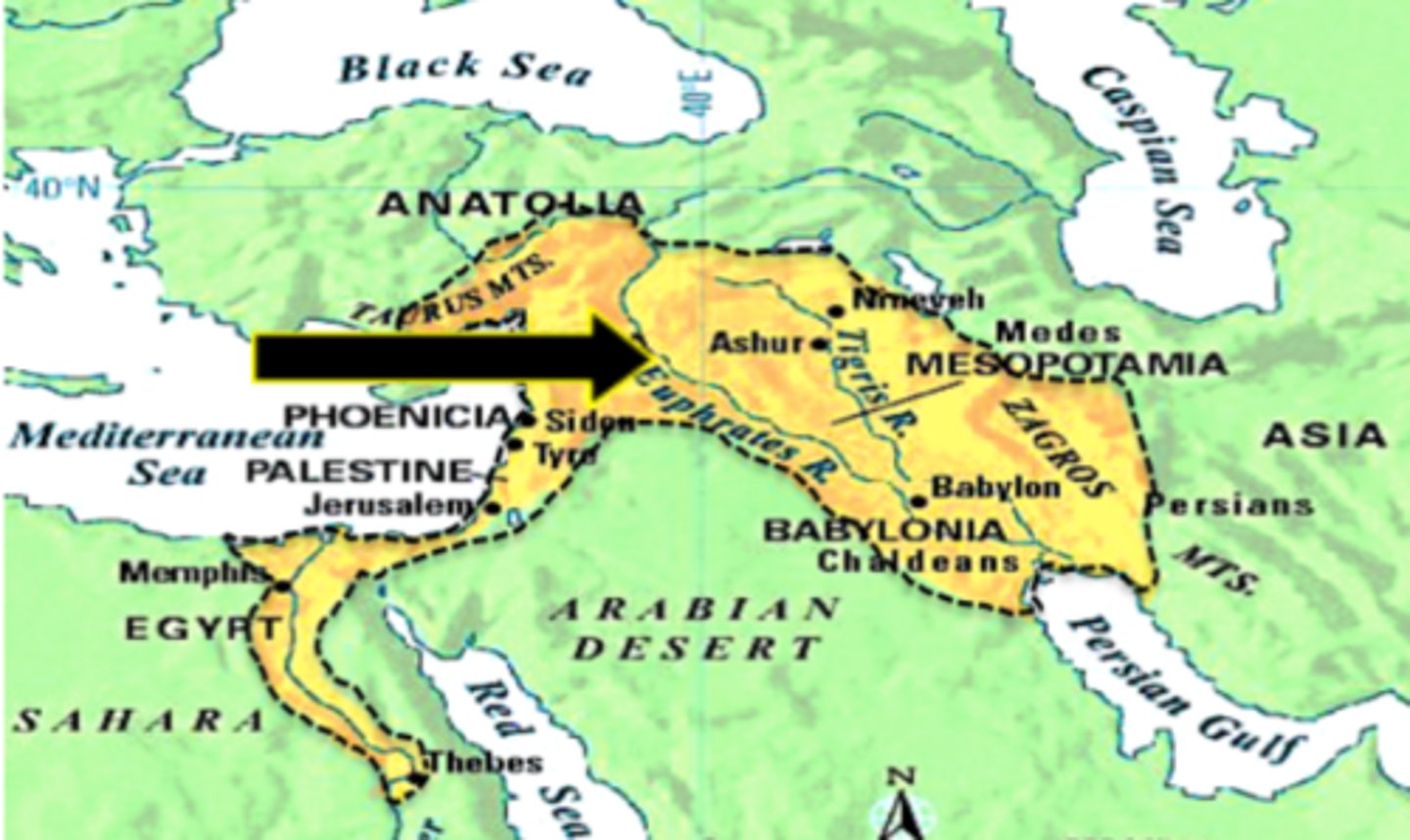
Rome
Which great civilization is shown on this map?
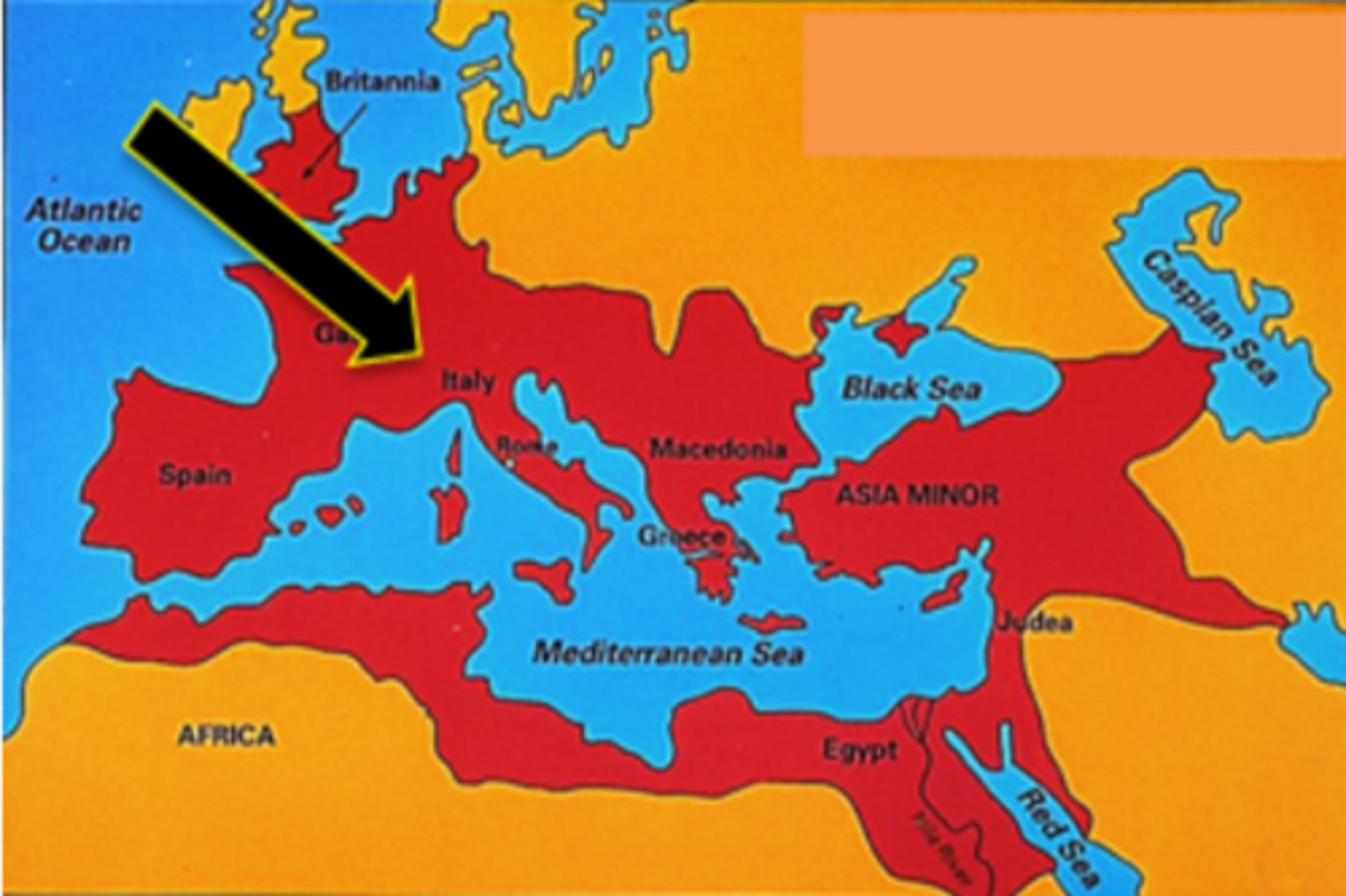
Egypt
Which great civilization is shown on this map?
